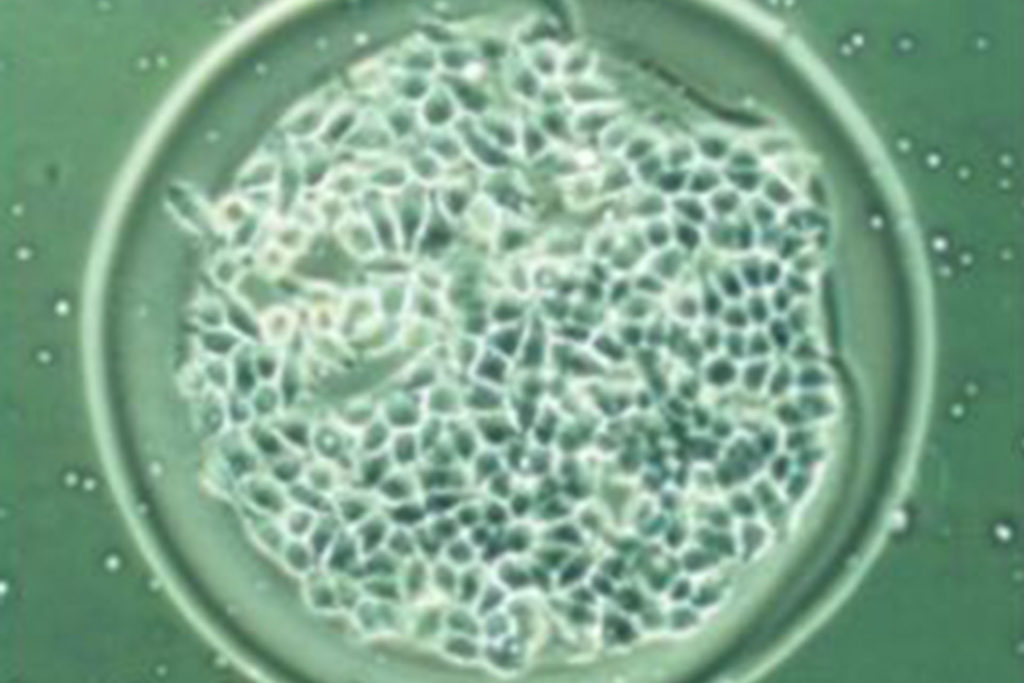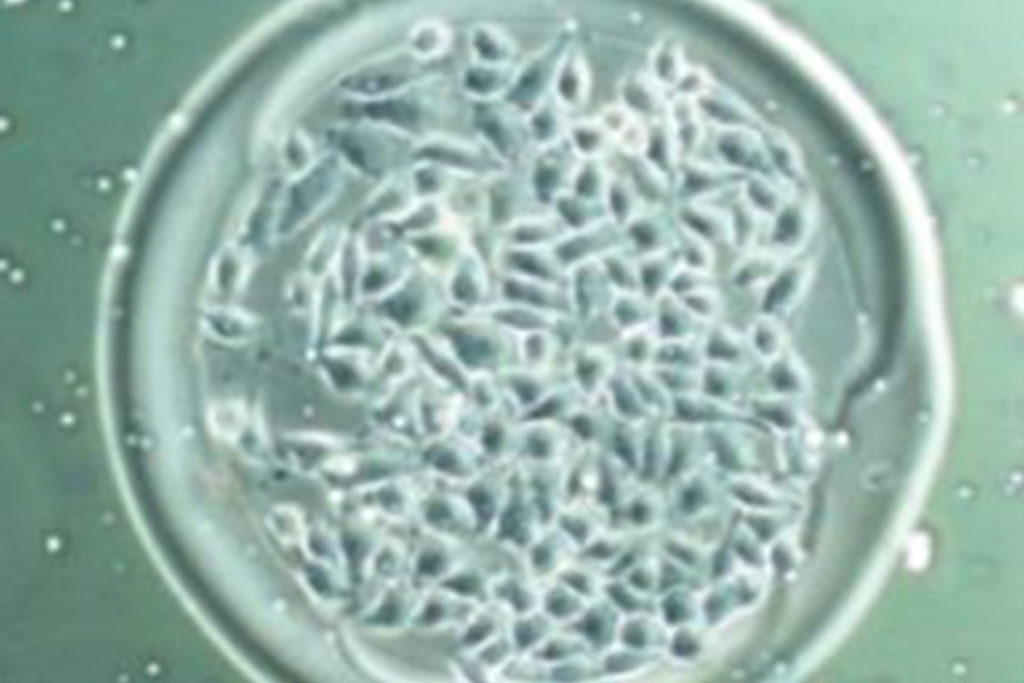3D Cell Cultures
Introduction
Hydrogels are becoming more and more popular as platforms for three-dimensional (3D) cell culture.
3D hydrogel matrices have been used for a variety of applications, including tissue engineering of micro-organ systems, drug delivery, cytotoxicity testing, and drug screening.
Moreover, 3D cell culture is applied for investigating cellular physiology, stem cell differentiation, tumor models and for studying interaction mechanisms between cells and extracellular matrix.
Miniaturization and multiplexing of cell culture on biochip is attracting a growing interest with the development of single-cell assays and cell-based biosensors.
In a study performed at Laboratoire de Génie Enzymatique, Membranes Biomimétiques et Assemblages Supramoléculaires (GEMBAS) together with Institut de Chimie et Biochimie Moléculaires et Supramoléculaires (ICBMS) at Université Claude Bernard Lyon 1, collaborators reported rapid methods for microwell preparation and controlled dispensing of different cell lines within these fabricated microwells.
HeLa cells were encapsulated in alginate beads suspended in DMEM solution and visualized through a glass coverslip.
The alginate beads were generated using sciDROP PICO technology mounted on a sciFLEXARRAYER S3.


Related application note
Miniaturization & Multiplexing of cell culture on biochip

Co-culture strategies are foundational in cell biology. These systems, which serve as mimics of in vivo tissue niches, are typically poorly defined in terms of cell ratios, local cues and supportive cell–cell interactions. In the stem cell niche, the ability to screen cell–cell interactions and identify local supportive microenvironments has a broad range of applications in transplantation, tissue engineering and wound healing.
A microfluidic platform for the high-throughput generation of hydrogel microbeads for cell co-culture was introduced. Encapsulation of different cell populations in microgels was achieved by introducing in a microfluidic device two streams of distinct cell suspensions, emulsifying the mixed suspension, and gelling the precursor droplets.
Related article
High-throughput combinatorial cell co-culture using microfluidics, 28 Apr 2011, Ethan Tumarkin et al.
